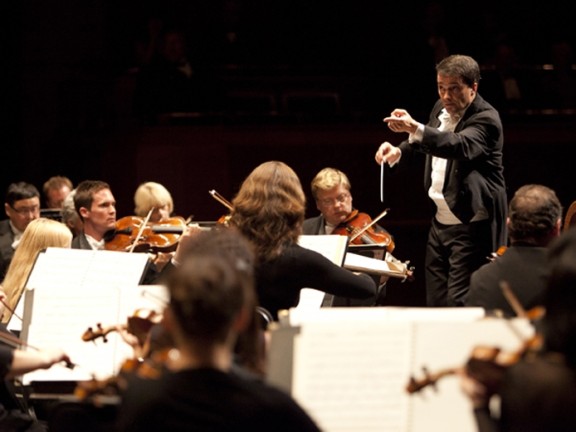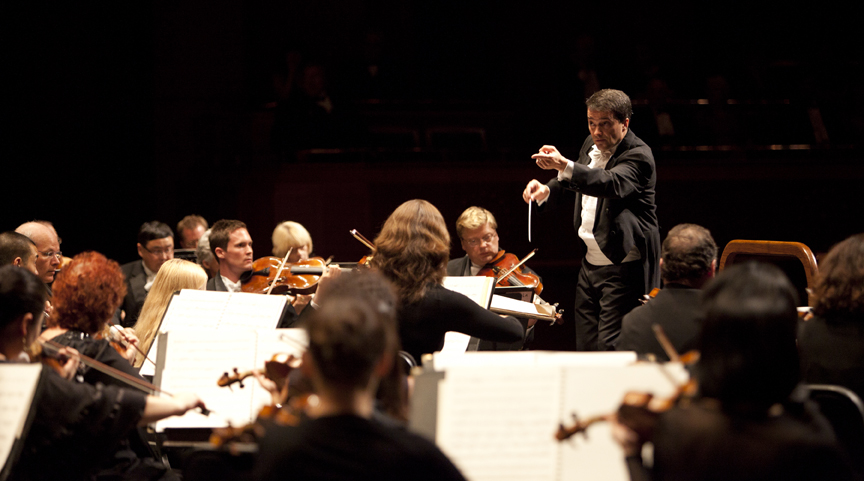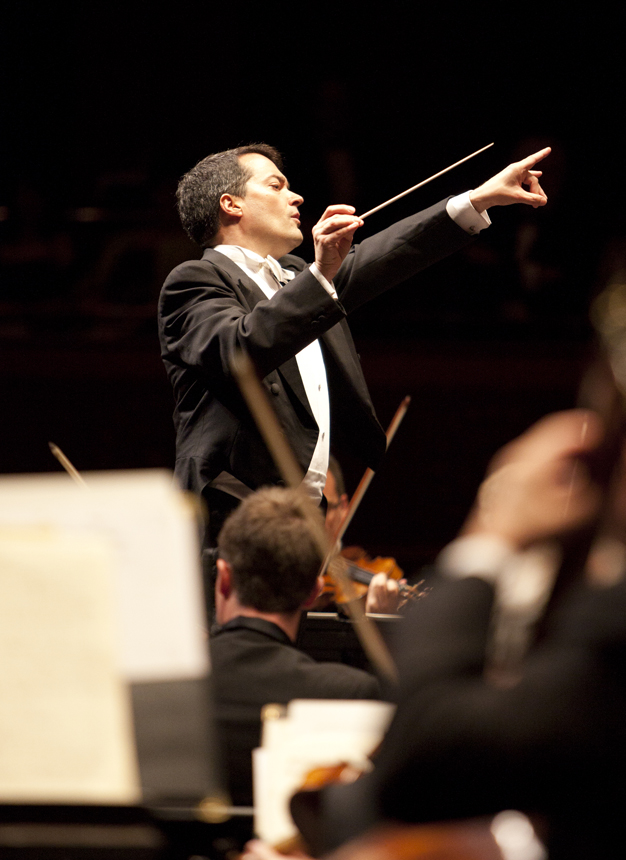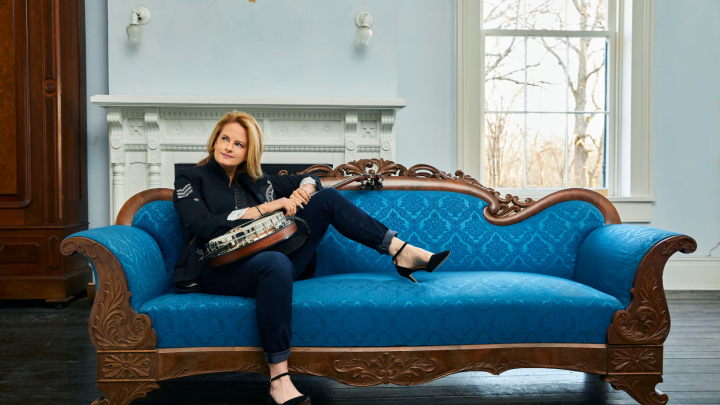NJSO Kicks Off Season With Piece By Trenton’s George Antheil


George Antheil, New York, 1927, from the estate of George Antheil
George Antheil is one of the most famous people in New Jersey’s rich musical history, but chances are you’ve never heard of him. Born on July 8, 1900 in Trenton, he was known as the Bad Boy of Music; a visionary that shocked the world with his early avant-garde work and hung out in Paris in the roaring twenties with artists like Ernest Hemingway, James Joyce, Picasso, Stravinsky, Ezra Pound, Man Ray, Satie, and William Butler Yeats. If you remember the Woody Allen film, “Midnight in Paris,” that was the social scene for Antheil. In many ways, he was the Frank Sinatra of the orchestral world.
The New Jersey Symphony Orchestra (NJSO) has presented several works by Antheil over the years and will kick off their 2014-2015 season with Antheil’s “McKonkey’s Ferry” as part of their New Jersey Roots Project and to help celebrate the 350th anniversary of New Jersey. This is the first time in 50 years the symphony will showcase this particular work, the last time being part of a celebration for the state’s 300th birthday.
Antheil’s piece will be followed by Debussy’s “Nocturnes” (whose finale incorporates a sultry, wordless women’s chorus) and Carl Orff’s thrilling “Carmina Burana.” NJSO will perform the three works on Friday, October 10 at 7 p.m. at the New Jersey Performing Arts Center in Newark; Saturday, October 11 at 8 p.m. at the State Theatre in New Brunswick; and Sunday, October 12 at 3 p.m. at Mayo Performing Arts Center in Morristown.

Jacques Lacombe with NJSO - credit Steven Rosen
“When I first came to the NJSO, I was unaware that Antheil was from New Jersey, but I did know that he was a unique figure among American composers. His music spans diverse styles in a very personal way,” said NJSO Music Director Jacques Lacombe, who has long wanted to perform “McKonkey’s Ferry” and thought New Jersey’s 350th anniversary was a perfect time to do it.
The inspiration for the piece came from “Washington Crossing the Delaware” — the famous painting by Emanuel Gottlieb Leutze. When you listen to the music, you can imagine Washington and his troops marching in rhythm and then slowly moving up the river at night. There is a distinctive war-like feel to the overture, and it paints a wonderful image.
“What I find so interesting about Antheil is his ability to tell a story without words… to tell a story through music and be able to create a scene,” said James Roe, President and CEO of NJSO. “He wrote a number of concert pieces based on American history themes that almost all call out for visual representation.”

Composing at keyboard, 1940s, from the estate of George Antheil
“McKonkey’s Ferry" was part of a series of works that highlighted a rebirth in his career. Antheil burst on to the world stage when he was young and hit his peak of popularity in 1926 when “Ballet Mécanique" made its debut. This piece was a bold experiment in turning the world of machines into a cacophonous stew of player pianos, percussion, airplane propellers, and electric buzzers. His concerts routinely caused riots all over Europe, which helped feed his popularity and his stature in the orchestral world as this was often considered a sign of genius at the time.
For many years, it appeared as if he would never regain the level of relevance that he had during that period of time. The thirties were a disaster for Antheil, even landing him jobs as a lonely-hearts columnist and magazine writer. But his career rebounded after moving to Hollywood where he scored dozens of films and television shows, and found himself in the midst of a creative outburst as well. “McKonkey’s Ferry” in 1948 followed such works by Antheil as “The Plainsman and the Lady,” “Spectre of the Rose,” “Sonatina for Violin and Piano,” “Violin Concerto” and “Symphonies Nos. 5 and 6.”
All total, Antheil wrote more than 300 musical works including symphonies, chamber works, film scores and operas. In addition, he was an inventor who co-holds a patent with actress Hedy Lamarr for a “secret communications system,” which is still widely used today.

Jacques Lacombe with NJSO - credit Steven Rosen
“It’s interesting that Antheil continues to be remembered for some of his most controversial music,” said Roe. “If you think about the real breadth of his output, his musical evolution as an artist is as wide as say Beethoven. If you listen to early Beethoven and late Beethoven, there’s such a difference in the style and in what he wrote. In Antheil, you find the same thing… We’re looking forward to programming more of his music in upcoming years.”
Yet, for all of his success in Hollywood and around the world, Antheil never forgot where he came from. In fact, the son of German immigrants who owned a local shoe store in Trenton, remained connected to his hometown throughout his life, and ultimately was buried there when he died in 1959.
“He never lost track of his roots and that’s an amazing lesson for all of us, I think,” said Roe. “Wherever our life takes us, we’re still a product of where we’re born.”
This is the fifth and final year of the New Jersey Roots Project, which has focused on composers who were either born in New Jersey or whose time spent in the Garden State has significantly influenced their artistic identity.
“It’s been a remarkable 5-year run of the program,” said Roe. “What we’ve uncovered and learned is certainly now part of our DNA and we’ll continue to seek out pieces by living and important past New Jersey composers and weaving that into what we do.”



